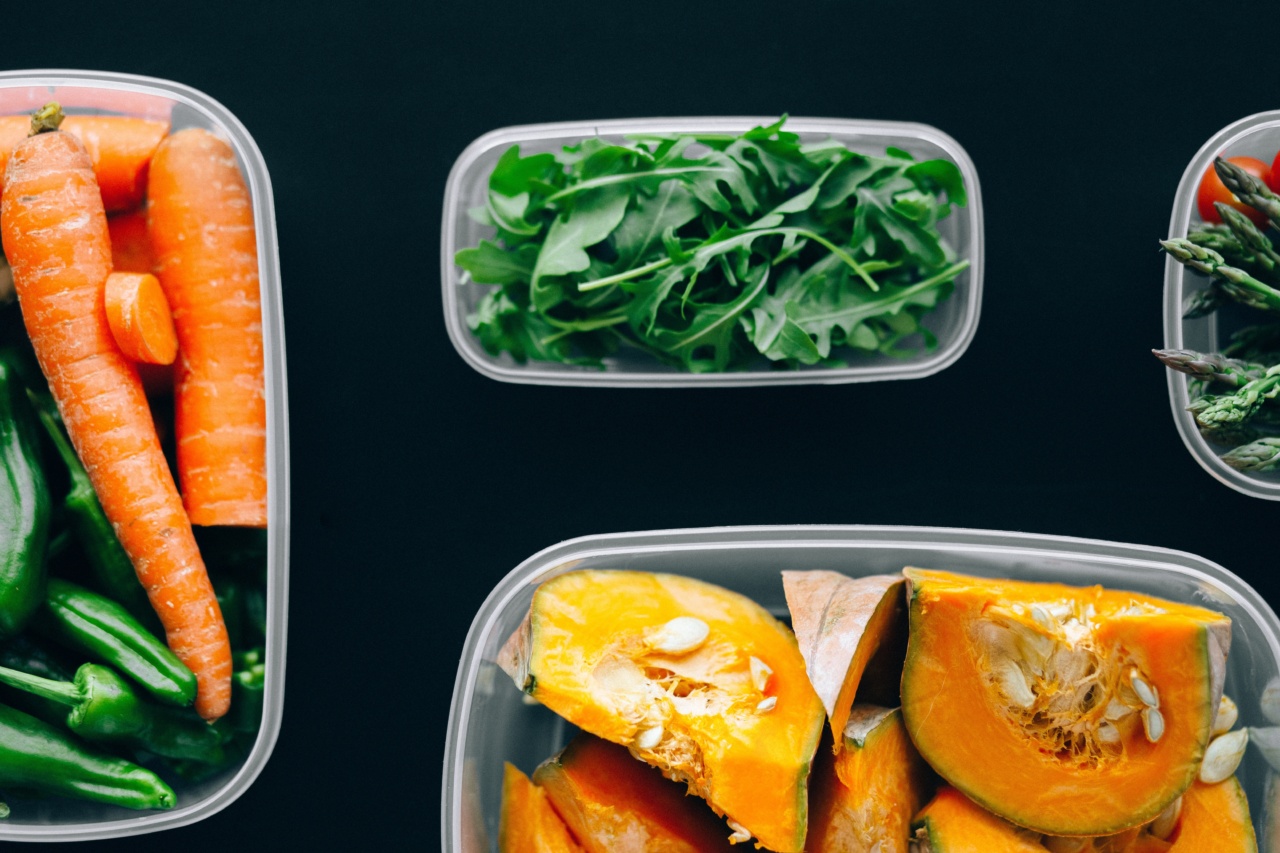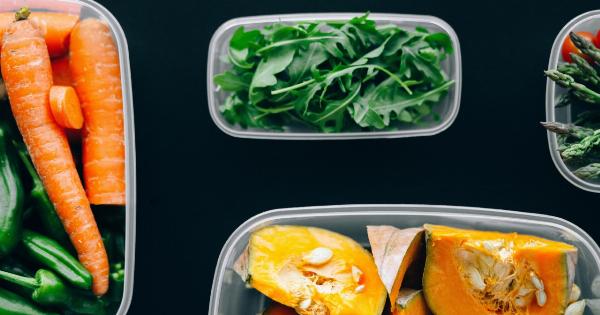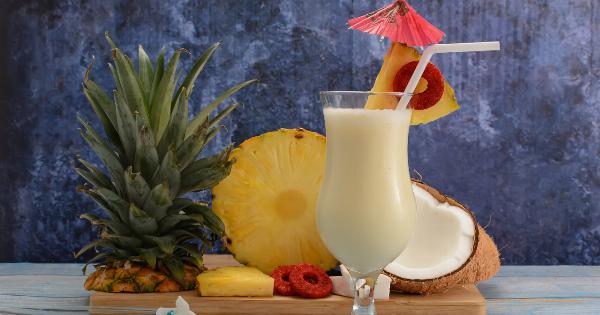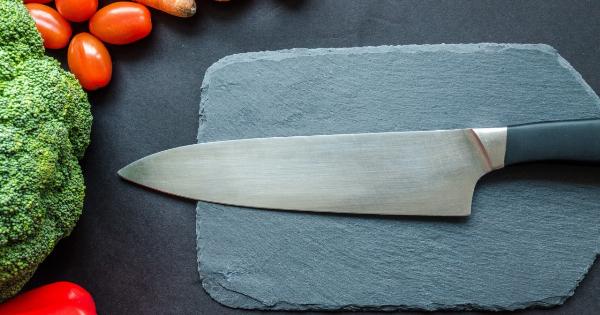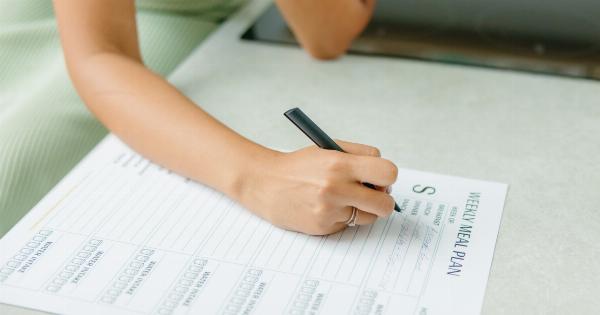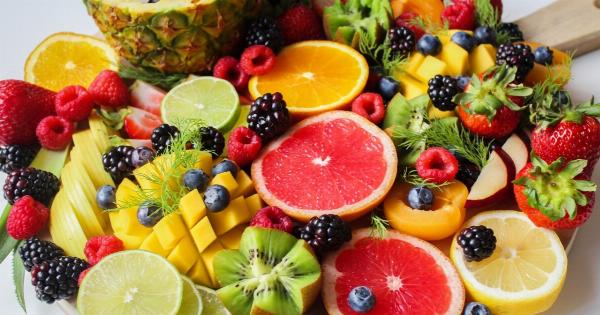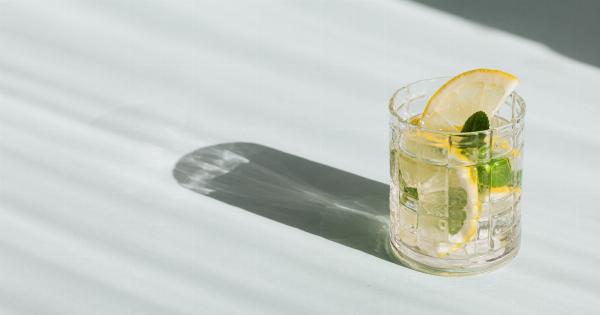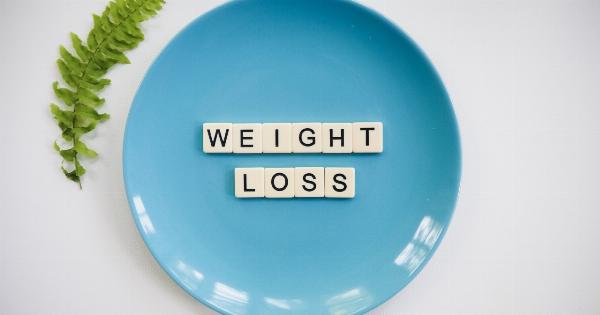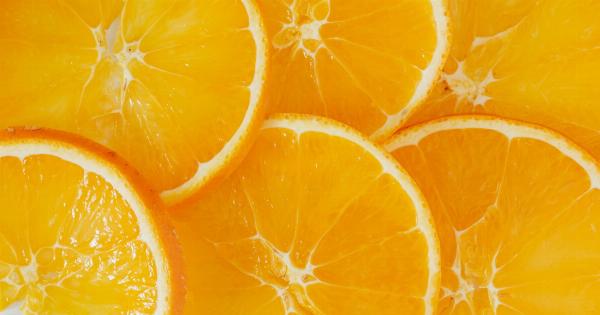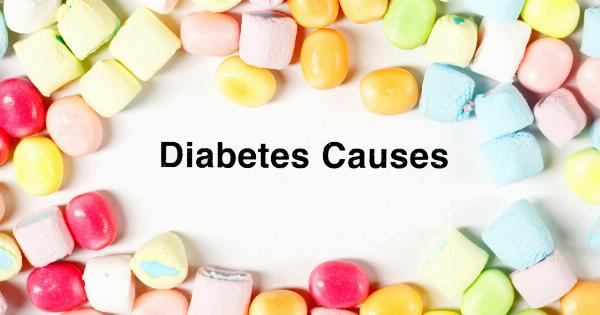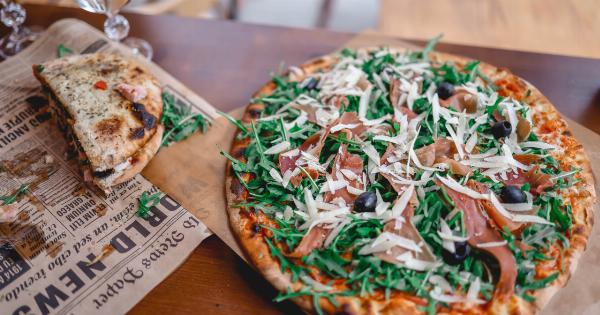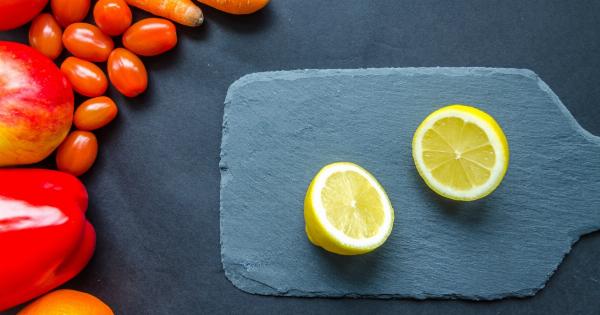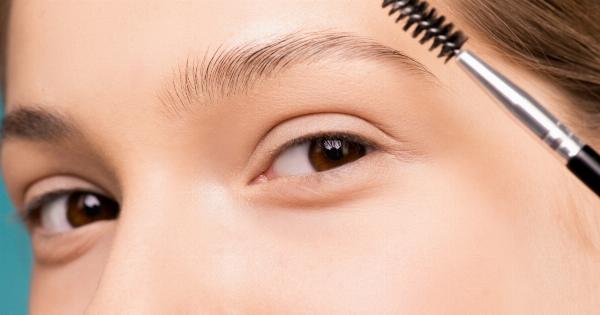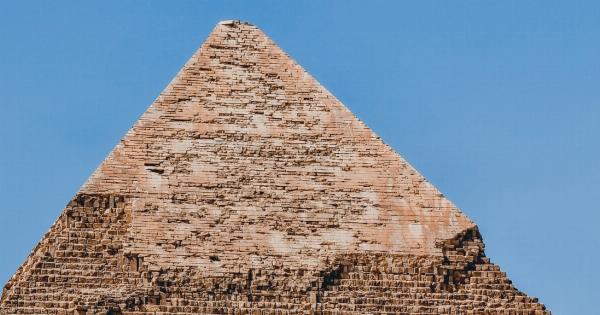Iron is an essential mineral that plays a crucial role in our overall health. It helps transport oxygen throughout the body and is essential for the production of red blood cells.
While iron is abundant in many animal-based foods, vegetarian individuals may find it challenging to meet their recommended daily iron intake. However, certain vegetarian foods can enhance iron absorption in the body when paired strategically.
In this article, we will explore the dynamic duo of vegetarian foods specifically designed to boost iron absorption, ensuring optimal iron levels for vegetarians.
Understanding Iron Absorption
Iron is present in two forms: heme iron and non-heme iron. Heme iron, found primarily in animal-based foods, is more easily absorbed by the body compared to non-heme iron, which is derived from plant-based sources.
Non-heme iron absorption can be influenced by various factors, such as dietary components and presence of enhancers or inhibitors. This is where the dynamic duo comes into play, as certain vegetarian foods can enhance the absorption of non-heme iron, making it more accessible for the body to utilize.
Vitamin C and Iron Absorption
Vitamin C, also known as ascorbic acid, is a powerful antioxidant responsible for various bodily functions. When it comes to iron absorption, vitamin C is a game-changer.
It enhances the absorption of non-heme iron, making it more readily available for the body to absorb. Including vitamin C-rich foods in meals can significantly increase iron absorption for vegetarians. Some excellent vegetarian sources of vitamin C include:.
- Oranges and citrus fruits
- Strawberries
- Bell peppers
- Kiwis
- Papaya
- Mangoes
Legumes and Iron Absorption
Legumes are a vegetarian’s best friend when it comes to boosting iron absorption. They are not only packed with non-heme iron but also contain high levels of protein and fiber.
Both protein and fiber support overall gut health, aiding in the absorption of nutrients such as iron. Additionally, legumes also possess certain compounds that help reduce the inhibitory effects of phytates and tannins, which can hinder iron absorption. Incorporating various legumes into your diet can provide a significant iron-boosting effect.
Some legumes that are particularly rich in iron include:.
- Chickpeas
- Lentils
- Black beans
- Kidney beans
- Pinto beans
- Soybeans
Pairing Vitamin C with Iron-Rich Foods
To maximize the iron absorption potential of non-heme iron sources, pairing them with foods high in vitamin C is key. This combination can dramatically enhance iron absorption.
Here are some delicious vegetarian food combinations that provide a dynamic duo effect:.
1. Spinach and Strawberries: Spinach is a leafy green vegetable rich in iron, while strawberries are packed with vitamin C. Combine the two in a refreshing salad or a smoothie for a powerful iron-boosting meal.
2. Lentil Soup with Bell Peppers: Lentils are an excellent source of iron, and bell peppers are loaded with vitamin C. Enjoy a warm and nourishing lentil soup garnished with bell peppers to increase iron absorption.
3. Black Bean and Mango Salad: Black beans offer a substantial amount of iron, and mangoes provide the necessary vitamin C. Toss them together with some lime juice and spices to create a tangy and nutritious salad.
4. Chickpea and Lemon Hummus: Chickpeas boast considerable iron content, while lemons are known for their high vitamin C levels.
Whip up a zesty hummus using chickpeas and freshly squeezed lemon juice, perfect for dipping veggies or spreading on toast.
Other Factors Affecting Iron Absorption
While pairing iron-rich foods with vitamin C sources can enhance iron absorption, it’s essential to consider other factors that affect iron absorption. Some factors that can either enhance or inhibit iron absorption include:.
- Enhancers: Apart from vitamin C, certain substances like organic acids found in fruits, vegetables, and various acids from fermented foods can increase iron absorption.
- Inhibitors: On the other hand, substances like phytates, tannins, and calcium can hinder iron absorption. Phytates are present in whole grains, nuts, and legumes, while tannins are abundant in coffee, tea, and some fruits.
- Calcium: Although calcium inhibits iron absorption, it is still possible to consume both in the same meal. To minimize the inhibitory effects, separate sources of calcium and iron by a few hours or include enhancers like vitamin C to counteract the inhibition.
Conclusion
As a vegetarian, ensuring sufficient iron absorption is crucial for maintaining optimal health.
By harnessing the power of the dynamic duo—the pairing of vegetarian iron-rich foods and vitamin C sources—you can enhance iron absorption and mitigate the potential inhibitory effects of other factors. Incorporate a variety of vitamin C-rich foods such as citrus fruits, bell peppers, and strawberries, while enjoying a diverse range of iron-packed legumes like lentils, chickpeas, and black beans.
By doing so, you can confidently embrace a vegetarian lifestyle while meeting your iron requirements effectively.
